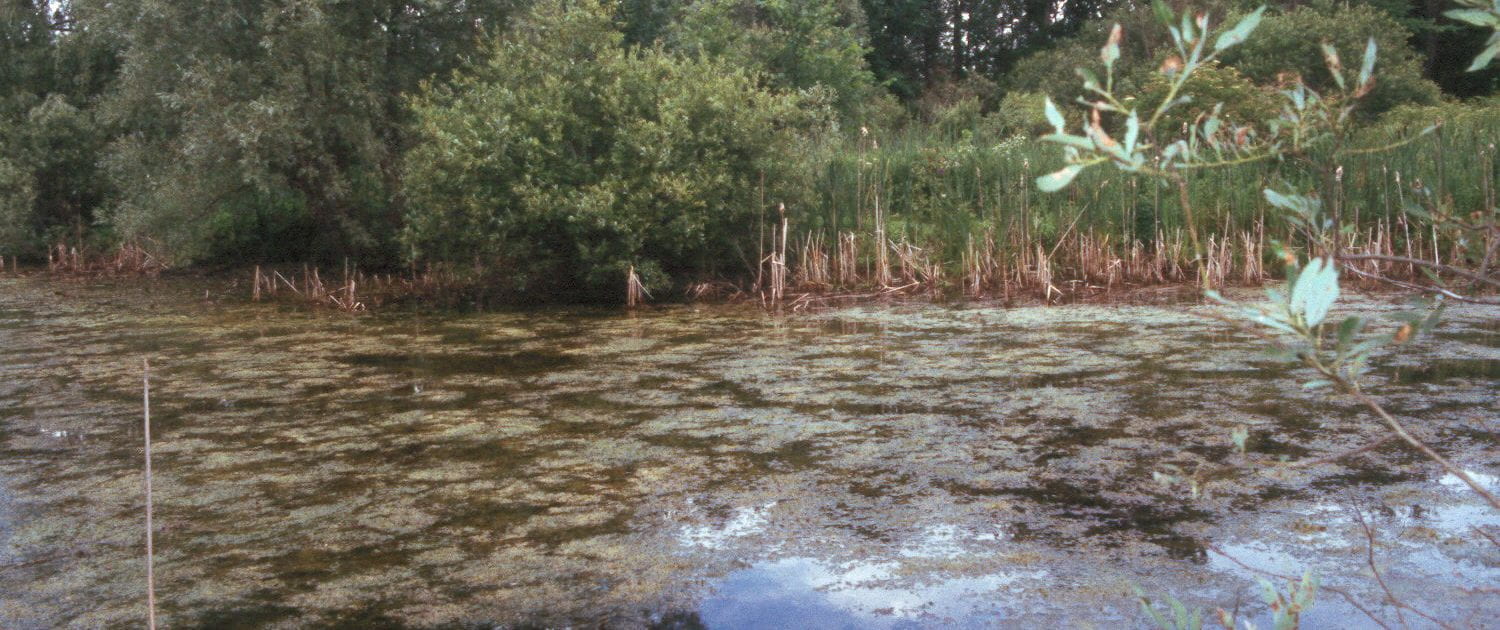Dr. Wanhong Yang’s Research Program
Growing concerns about the adverse environmental effects of agriculture have led to the establishment of public-funded conservation programs for improving water quantity and quality. These programs mandate science-based answers to these two critical policy questions:
First, given the vastness and heterogeneity of the agricultural region, how can we prioritize locations for these programs in order to maximize the water quantity, quality and ecological benefits within a given financial budget?
Second, given existing placement of conservation practices on agricultural landscape, how can we evaluate the cost effectiveness of these programs?
Since 2001 I have developed a research program on examining cost effectiveness of agricultural conservation programs to address the aforementioned policy and management questions. With funding from sponsors such as SSHRC, Canada Foundation for Innovation, Canadian Water Network, Agriculture and Agri-Food Canada, Ontario Ministry of Agriculture, Food, and Rural Affairs, and Ducks Unlimited Canada, I have established the Watershed Evaluation Group including research scientist, post-docs, graduate students, and undergraduate students. The innovation of my interdisciplinary research program is to integrate GIS and economic, hydrologic, and ecological modelling to examine the complex tradeoffs between economic costs and environmental and ecological benefits from implementing conservation practices in agricultural watersheds. Our research projects have examined the cost effective targeting of riparian buffers, wetland restoration, water and sediment control basin, conservation tillage, nutrient management and other conservation practices in agricultural watersheds in Ontario, Manitoba, Saskatchewan, and Alberta of Canada, and in Illinois and Minnesota of the United States. In addition, I have also examined institutional issues related to agricultural conservation programs such as a conservation industry to sustaining natural capital and ecosystem services in agricultural landscapes.
Dr. Wanhong Yang


